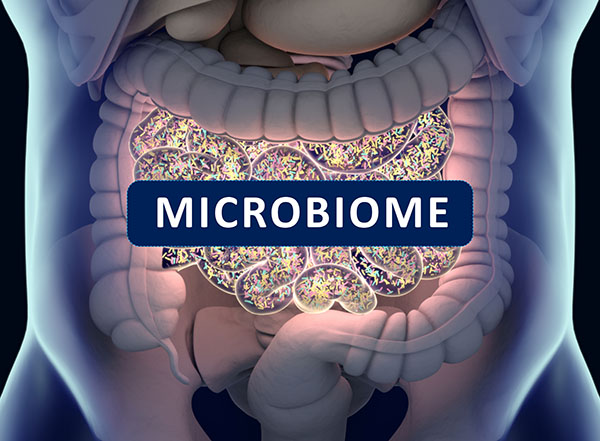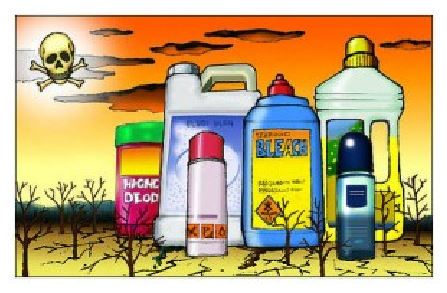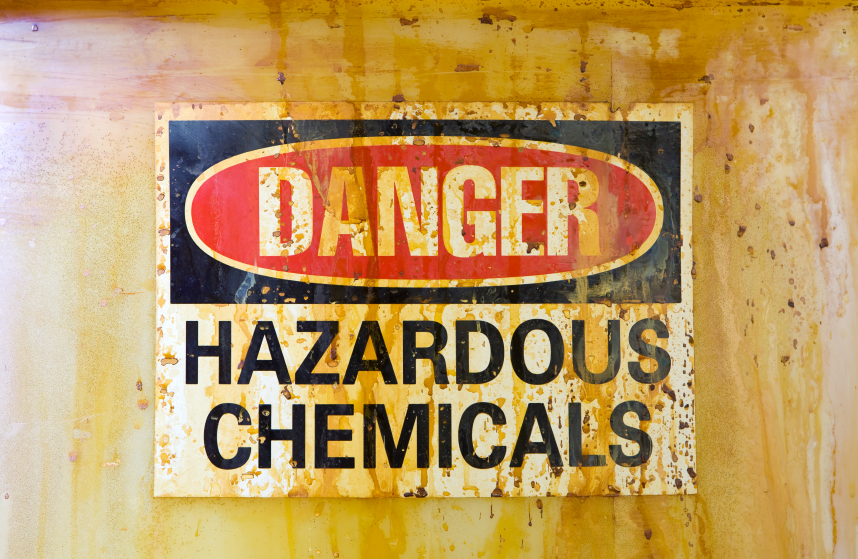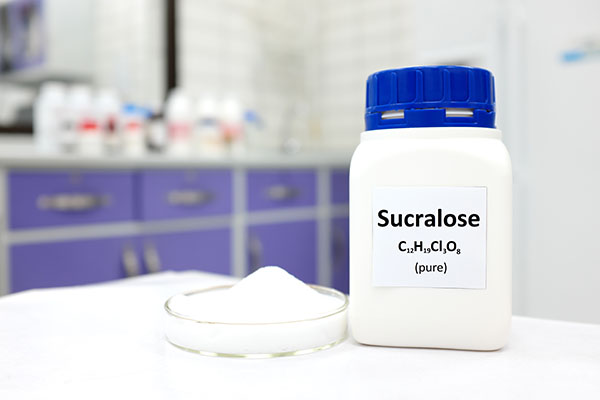Sodium metabisulfite: The toxic preservative hiding in processed foods
10/29/2025 / By Laura Harris
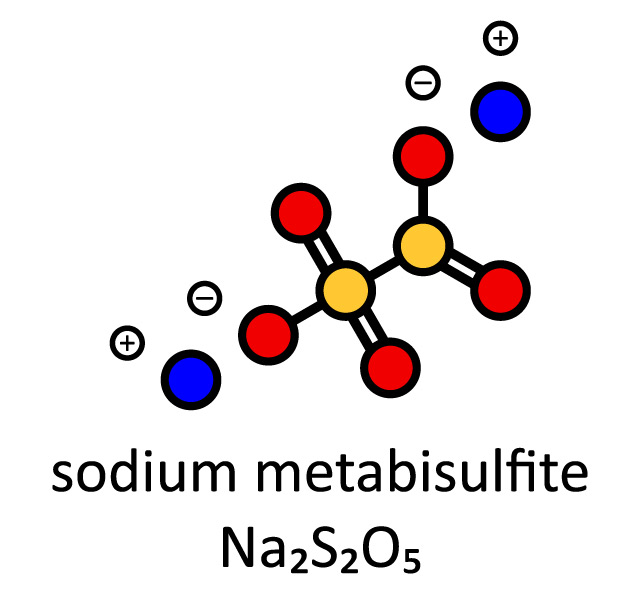
- Sodium metabisulfite is a synthetic, sulfur-based preservative used in many processed foods to prevent spoilage, discoloration and microbial growth.
- It’s linked to allergic reactions, asthma attacks, migraines, nutrient depletion and potential long-term risks such as DNA damage and cancer due to its toxic byproducts.
- Despite known dangers, sodium metabisulfite remains legal (with limits) in the U.S. and EU, though it’s been subject to restrictions since the 1980s due to health concerns.
- Sodium metabisulfite is found in dried fruits, processed meats, baked goods, canned vegetables, wines and frozen seafood.
- Opt for organic fresh foods and products that use natural preservatives like vitamin C, citric acid or rosemary extract to avoid toxic sodium metabisulfite.
Preservatives are used to extend shelf life, maintain color and prevent spoilage. But not all preservatives are created equal. Some come with serious health risks. One such chemical is sodium metabisulfite, a controversial additive that has been linked to allergic reactions, respiratory issues and long-term toxicity. Despite regulatory restrictions, it remains in many processed foods today.
History of sodium metabisulfite
Sodium metabisulfite is a sulfur-based preservative widely used in the food, beverage and pharmaceutical industries. It functions primarily as an antioxidant and antimicrobial agent, helping to prevent bacterial growth and oxidation that can lead to spoilage. The use of sodium metabisulfite dates back to the early 20th century, when it became popular for preserving dried fruits, wines and processed meats.
However, in the 1960s and 1970s, growing concerns about its potential allergic and toxic effects prompted regulatory scrutiny. This culminated in stricter regulations introduced by the U.S. Food and Drug Administration (FDA) in 1986. Despite the health concerns, sodium metabisulfite is still permitted for use by both the United States and the European Union, although its use is restricted and subject to specific limits. The compound is not naturally occurring; it is synthetically produced by reacting sodium bisulfite with sulfur dioxide, making it a purely chemical additive.
Dangers of sodium metabisulfite in food
Research and regulatory actions suggest significant risks linked to sodium metabisulfite in food:
Allergic reactions and asthma attacks
- Sulfite sensitivity affects 1 in 100 people, causing skin rashes, hives, swelling, asthma attacks (especially in those with pre-existing conditions) and digestive distress (nausea, diarrhea).
Toxicity and long-term health risks
- Linked to cancer risk (due to sulfur dioxide byproducts)
- May damage DNA (studies suggest it triggers oxidative stress)
- Can cause migraines in sensitive individuals
Common foods that contain sodium metabisulfite
- Dried fruits (apricots, raisins, prunes)
- Processed meats (sausages, deli meats)
- Wine and beer (as a preservative)
- Canned vegetables and soups
- Baked goods (bread, crackers)
- Frozen shrimp and seafood (to prevent discoloration)
Safer alternatives to sodium metabisulfite
- Organic and fresh fruits
- Grass-fed meats
- Vitamin C (ascorbic acid) to prevent browning naturally
- Rosemary extract
- Citric acid to extend shelf life without toxins
Sodium metabisulfite is a synthetic, non-nutritive preservative with documented health risks, including allergies, asthma and potential long-term toxicity. While regulators have imposed some restrictions, it still lurks in many processed foods.
This story is not medical advice and is not intended to treat or cure any disease. Always consult with a qualified naturopathic physician for personalized advice about your specific health situation or concern.
Visit NaturalNews.com, a great article source where you can learn about superfoods and their health benefits.
You can also try Brighteon.ai, an AI model created by Mike Adams, also known as the Health Ranger. This model is available as a free download to be run locally and is designed to help share and decentralize knowledge. By doing so, it aims to bypass censorship and empower people with knowledge.
If you’re looking for an uncensored video free speech website where you can openly discuss nutrition, natural medicine, ingredients and more, check out Brighteon.com and out two free speech social media sites, Brighteon.IO and Brighteon.social.
Watch this video to learn more about sodium metabisulfite.
This video is from the Daily Videos channel on Brighteon.com.
Sources include:
Submit a correction >>
Tagged Under:
clean food watch, Dangerous, food preservatives, food science, food supply, grocery, poison, products, Sodium metabisulfite, stop eating poison, toxic chemicals, toxic ingredients, toxins
This article may contain statements that reflect the opinion of the author
RECENT NEWS & ARTICLES
COPYRIGHT © 2017 TOXINS NEWS




